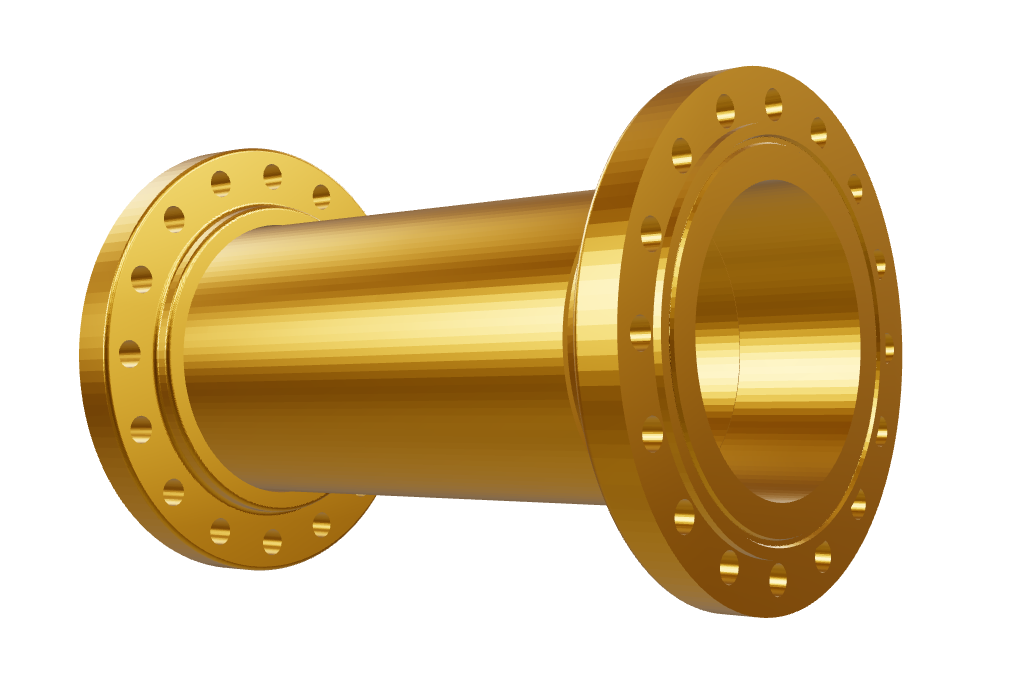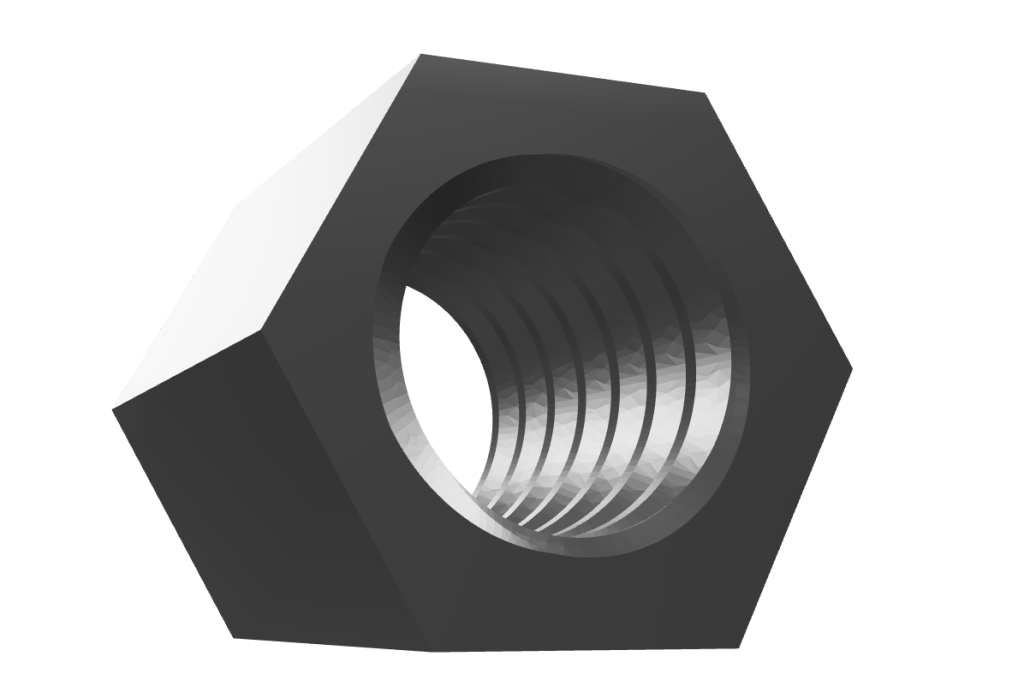3D printing materials producer polySpectra has recently launched a new software dubbed, neThing.xyz.
neThing.xyz aims to make the process of creating 3D CAD models more accessible to a broader audience by leveraging AI-driven generative design. Striving for simplicity and user-friendliness, neThing.xyz provides engineers, designers, and enthusiasts with a tool for exploring new dimensions in the translation of digital concepts into physical reality.

neThing.xyz makes advanced 3D design accessible to everyone
With the launch of neThing.xyz, accessible at no cost, this offering allows users to explore its functionalities firsthand. Upon registration, users can utilize various features, including prompting the AI to generate a 3D model based on their specifications. The platform also offers an augmented reality (AR) preview feature for users to visualize their creations on compatible devices. Additionally, neThing.xyz provides users with the flexibility to customize the physical appearance of their 3D models, fostering a sense of creativity and personalization. Collaboration is encouraged through easy sharing features, allowing users to exchange their creations with friends.
An interesting aspect of neThing.xyz is its user-modifiable nature. Users have the option to directly edit the generated code, enabling them to make specific adjustments to the model based on their preferences. The platform supports various file formats, facilitating the download of creations as STL or GLTF files for further use or sharing. polySpectra has also introduced a practical feature that allows users to transition from virtual to physical creations. By clicking the “Make it real” button, individuals can initiate a 3D printing process through polySpectra’s facilities, transforming their digital designs into tangible objects.

At RAPID + TCT 2023, polySpectra unveiled COR Bio, a Cyclic Olefin Resin with applications extending beyond traditional uses. Distinguished by its toughness, biocompatibility, and autoclavability, this novel material is specifically targeted for medical device manufacturing. COR Bio’s variable rigidity and durability open possibilities in healthcare, consumer products, and podiatry. The material’s resistance to shrinkage and suitability for precise 3D printing marks a significant development.
AI-driven 3D printing advancements
A blind Reddit user Mrblindguardian recently developed a unique AI-based workflow, utilizing ChatGPT and Luma AI to design and 3D print custom models independently. Leveraging text inputs and AI-generated image descriptions, he successfully created a one-winged dragon model on his Bambu Lab X1 3D printer.
Combining imagination with AI assistance, this innovative process received positive feedback within the maker community. Mrblindguardian’s approach highlights the potential for AI-driven 3D modeling for visually impaired individuals.
Last year, 3D printing software developer, Ai Build launched Talk to AiSync, enabling users to refine 3D models through text prompts. The program simplifies the creation of advanced, multi-axis toolpaths via a user-friendly interface, replacing manual coding with visual programming. In beta testing,
Talk to AiSync combines Ai Build’s visual toolpath engine with OpenAI‘s GPT language model, allowing users to make changes with simple text inputs. While not replacing human input, the software aims to enhance the user experience, automate processes, and reduce barriers to entry in 3D printing
What are the 3D printing trends to watch out for in 2024?
What 3D printing advancements do the industry leaders expect to see this year?
To stay up to date with the latest 3D printing news, don’t forget to subscribe to the 3D Printing Industry newsletter or follow us on Twitter, or like our page on Facebook.
While you’re here, why not subscribe to our Youtube channel? Featuring discussion, debriefs, video shorts, and webinar replays.
Are you looking for a job in the additive manufacturing industry? Visit 3D Printing Jobs for a selection of roles in the industry.
Featured image shows a threaded hex nut. Photo via polySpectra.


